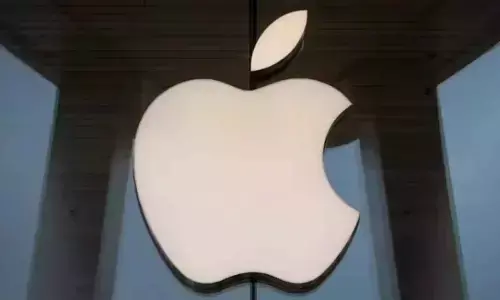SC rejects pleas on 100% cross VVPAT verification

New Delhi: As the country voted in round two of Election 2024, the Supreme Court on Friday rejected pleas seeking complete cross-verification of votes cast using EVMs with a Voter Verifiable Paper Audit Trail (VVPAT) and said "blindly distrusting" any aspect of the system can breed unwarranted scepticism. Weighing in on the intensely debated issue that has long divided parties, a bench of Justices Sanjiv Khanna and Dipankar Datta delivered two concurring verdicts and dismissed all the pleas in the matter, including those seeking to go back to ballot papers in elections.
It also maintained that "democracy is all about striving to build harmony and trust between all institutions". The Supreme Court's long anticipated verdict quickly found echo in the politicalscape with Prime Minister Narendra Modi saying at a rally in Araria in Bihar that it was a “tight slap” on the Congress-led opposition which now must “apologise” for committing the “sin of creating distrust” against electronic voting machines.
The Congress on its part said in a post on X that it will continue with its political campaign on greater use of VVPATs to increase public trust in the electoral process.
The apex court issued two directives on the matter. Pronouncing his verdict, Justice Khanna directed the Election Commission to seal and store units used to load symbols for 45 days after the symbols have been loaded to electronic voting machines in strong rooms. The apex court also allowed engineers of the EVM manufacturers to verify the microcontroller of the machines after declaration of the results on the request of candidates who stood second and third. Request for the verification of the microcontroller can be made within seven days of declaration of the results after payment of fees, the court said. "If EVM is found tampered during verification, fees paid by the candidates will be refunded," it said. An EVM comprises three units -- ballot unit, control unit and the VVPAT. All three are embedded with microcontrollers which have a burnt memory from the manufacturer. Currently, the Election Commission conducts random matching of VVPAT slips with EVMs at five polling booths per assembly constituency. "While maintaining a balanced perspective is crucial in evaluating systems or institutions, blindly distrusting any aspect of the system can breed unwarranted scepticism...," Justice Datta said.
The bench suggested the poll panel can examine whether electronic machines can be used for counting VVPAT slips and also whether bar codes can be used for parties along with their symbols. Besides seeking to return to the ballot paper system, the three petitions before it had prayed that VVPAT slips should be given to the voter to verify and put in the ballot box for counting and there should be 100 per cent counting of VVPAT slips, the bench said. "We have rejected all of them," Justice Khanna said.














